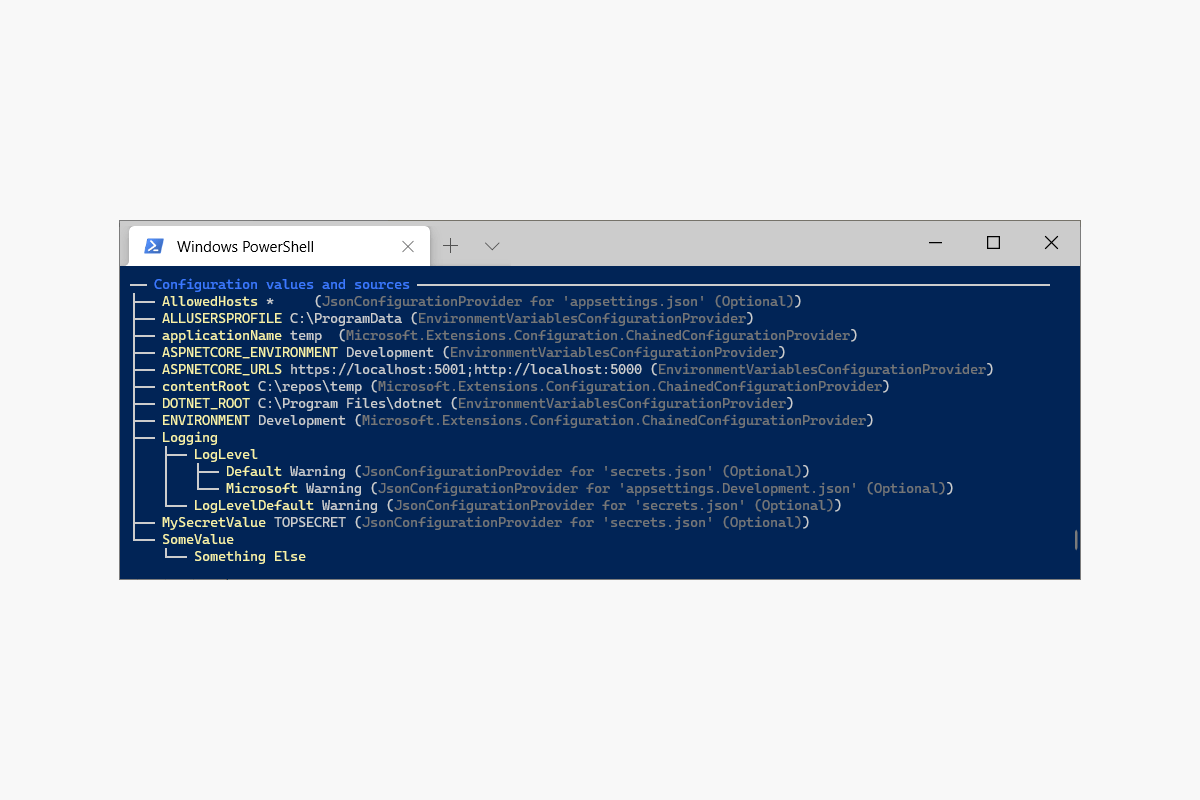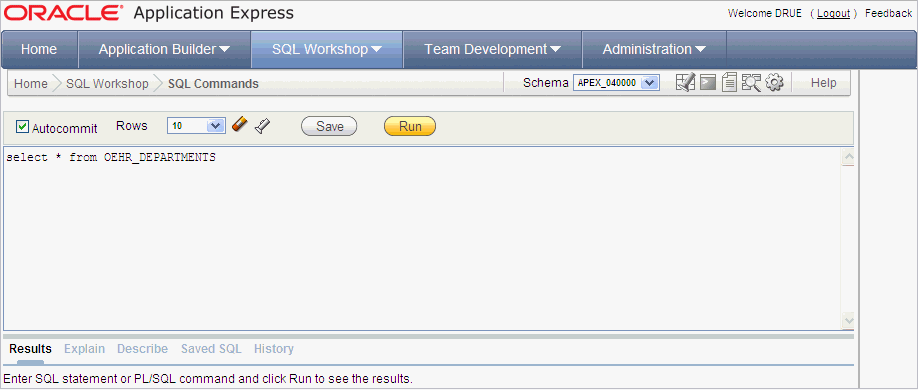
You can use READLOG as an audit trail or, in the event of a system failure, to determine which databanks need to be restored (i.e. READLOG is a Mimer SQL function which enables you to read the contents of LOGDB so that you can check logged operations performed on the database since the last backup copy or incremental backup was taken. Obtains information about logged operations. SQL>read input from 'create_environment.dat' When READ COMMAND is specified, commands are read from the input file while prompt answers are taken from the script file or interactively (depending on the situation). When READ ALL, both commands and prompt answers are read from the sequential file. SQL>log input,output on 'create_environment_log.dat' Ĭommands and SQL statements are read from the specified file. Using the AS option, you can set the file format to LATIN1, UTF8, UTF16, UTF16BE, UTF16LE, UTF32, UTF32BE or UTF32LE.

Logging is paused with the SET LOG OFF command and is resumed with the SET LOG ON command. If ON is specified a new file will always be created, otherwise the log data is appended to the file. Logs input, output or both to a specified sequential file.Īll input, output or both will be logged in the specified sequential file. Note: LIST is not available when connected to a Mimer SQL server of version 8.1 or older. Selection numbers should not be used in script files, because the may change in future versions. Giving an object type in the command executes the first menu choice for that type. Entering a double exclamation mark ( !!) returns two levels. SpecificationsĬhoosing an item presents a submenu for choosing between different LIST functions - see the table that follows for details.Įntering an exclamation mark ( !) in the Select field returns to the previous menu level. The LIST command presents the following menu, if no object-type is specified:Ĥ. Presents all status and diagnostics information for the preceding statement. Idents with execute privilege on the statement Note: DESCRIBE is not available when connected to a Mimer SQL server of version 8.1 or older. Selection numbers should not be used in script files, since they may change in future versions. If no object name is given, the user is prompted for a name. The for type-name option is used when describing methods and method specifications. Specifying an object type and name in the command executes the first menu choice for that object. Entering a double exclamation mark ( !!) terminates the DESCRIBE session.


The DESCRIBE command presents the following menu, when no object is specified:Ĭhoosing an item presents a submenu for choosing between different DESCRIBE functions - see the table that follows for details.Įntering an exclamation mark ( !) in the Select field returns to the previous menu level. The FOR type_name clause can only be specified if object_class is either METHOD or SPECIFICATION. Where object-type is one of the object types listed below. If no log type is specified, all active log files are closed.

The command closes the specified log file.
DBVISUALIZER DESCRIBE COMMAND HOW TO
Sets action to be taken in response to an error or warning, see WHENEVER.įor information on how to read the syntax diagrams that follow, please refer to Mimer SQL Reference Manual, Reading SQL Syntax Diagrams.


 0 kommentar(er)
0 kommentar(er)
